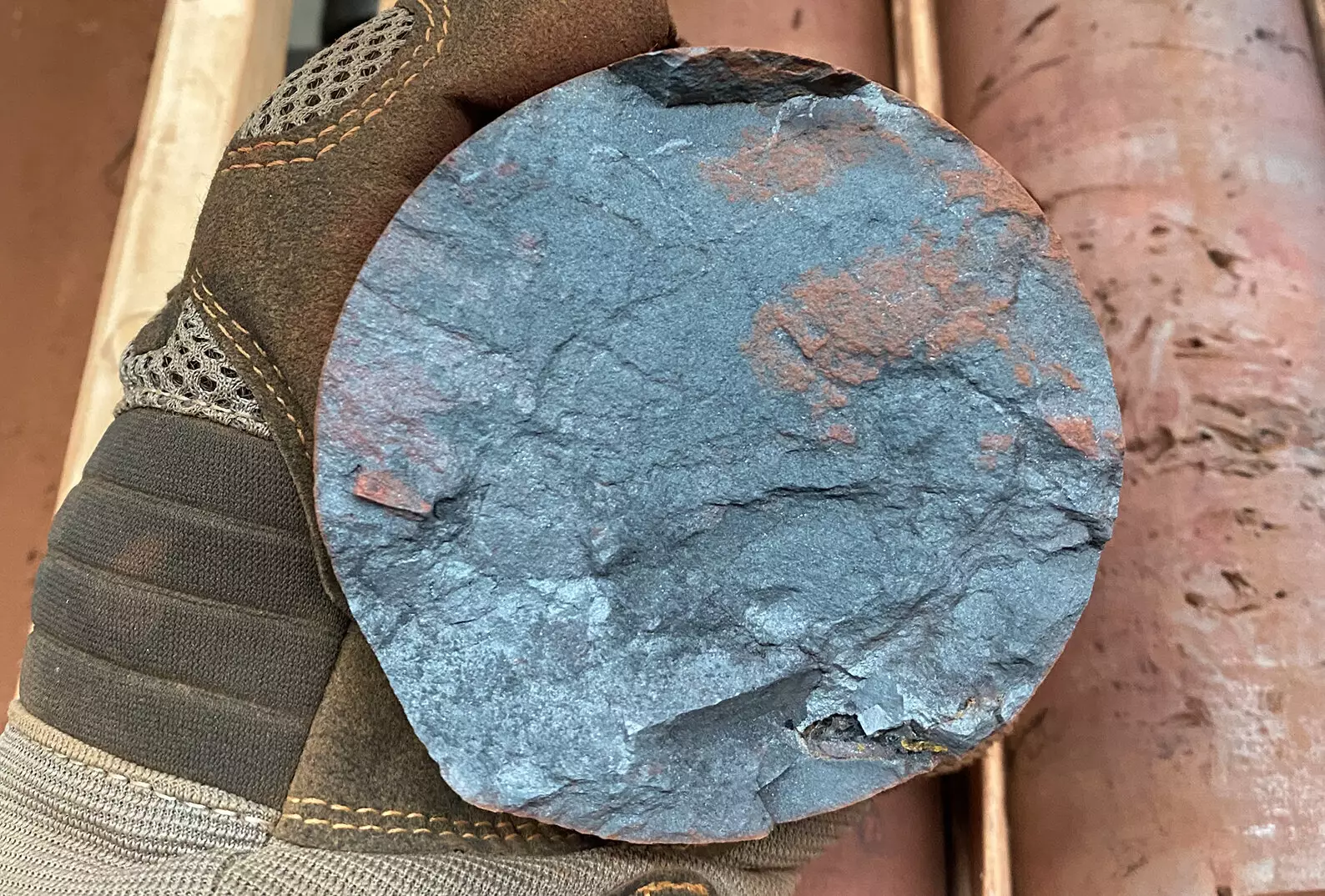In an illuminating study from Curtin University, researchers have dramatically shifted our understanding of Earth’s iron ore deposits located in the Hamersley Province of Western Australia. Traditionally believed to have formed around 2.2 billion years ago, these deposits are now dated to be approximately 1.4 to 1.1 billion years old. This revelation is pivotal not only for geologists but also for industries reliant on this critical resource, as it paves the way for more effective exploration strategies in the future.
Recent advancements in geochronology have provided scientists with a powerful lens through which to scrutinize the formation of iron oxide minerals. Lead author Dr. Liam Courtney-Davies, currently at the University of Colorado, Boulder, articulated that the younger age of these deposits aligns with a significant geological transition when supercontinents disintegrated and new land masses emerged. This timely revelation underscores the intricate relationship between geological dynamism and mineral formation.
A Geological Narrative Unearthed
The relationship between Earth’s geological upheavals and the emergence of iron-rich formations reveals a compelling narrative that has long awaited discovery. The formation of these extensive iron ore deposits occurred during an era characterized by immense tectonic activity, aiming to connect ancient geological processes with the present-day mining landscape. Dr. Courtney-Davies points out that this period likely catalyzed the creation of billions of tonnes of iron-rich rock across the Pilbara region, marking it as a hotbed for resource exploration.
One notable aspect of this study is its focus on banded iron formations (BIFs), which are underwater layers rich in iron that echo the planet’s ancient biological and geological conditions. Associate Professor Martin Danišik emphasized that previously, the timeline detailing the evolution of these formations—from their initial iron concentration of 30% to the more than 60% found today—remained ambiguous, hindering broader understanding. By applying uranium and lead isotope analysis to these mineral grains, researchers have crafted a clearer picture, pinpointing the evolutionary story of these vital natural resources.
Implications for the Future of Mining
As the world’s leading producer of iron ore, Western Australia’s deposits are crucial not just to the local economy but also to global markets. Last financial year alone, Australia reaped a staggering $131 billion from iron ore exports. Given the rising demand for this fundamental material, having a more precise understanding of the history and formation processes of these deposits will have profound implications for future exploration and extraction strategies.
The collaboration of institutions such as The University of Western Australia, Rio Tinto, and CSIRO Mineral Resources with Curtin University highlights the multifaceted approach required to unravel Earth’s geological secrets. This interconnected research fosters innovation and strategies for sustainable exploitation of mineral resources, essential as societies transition towards a greener future.
Furthermore, the study challenges aspiring geologists to recognize the potential for unearthing further significant mineral deposits, not only in Western Australia but globally. This breakthrough not only enriches our knowledge of geological history but also inspires a renewed approach to mining and resource management. The narrative of Earth’s iron ore may have just begun, and with continued exploration, who knows what other game-changing revelations lie in waiting?

